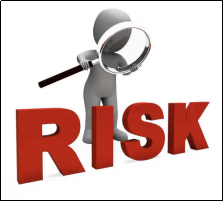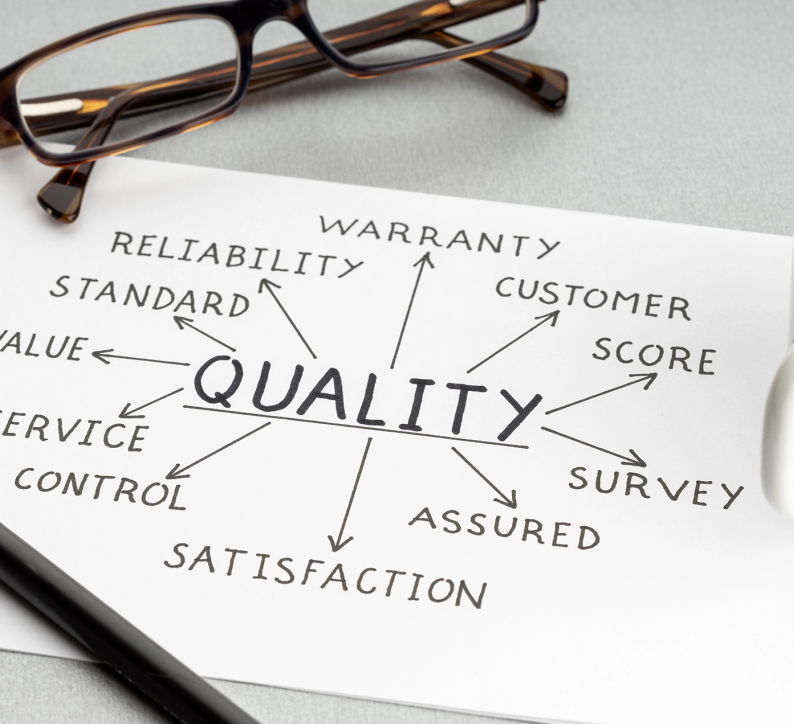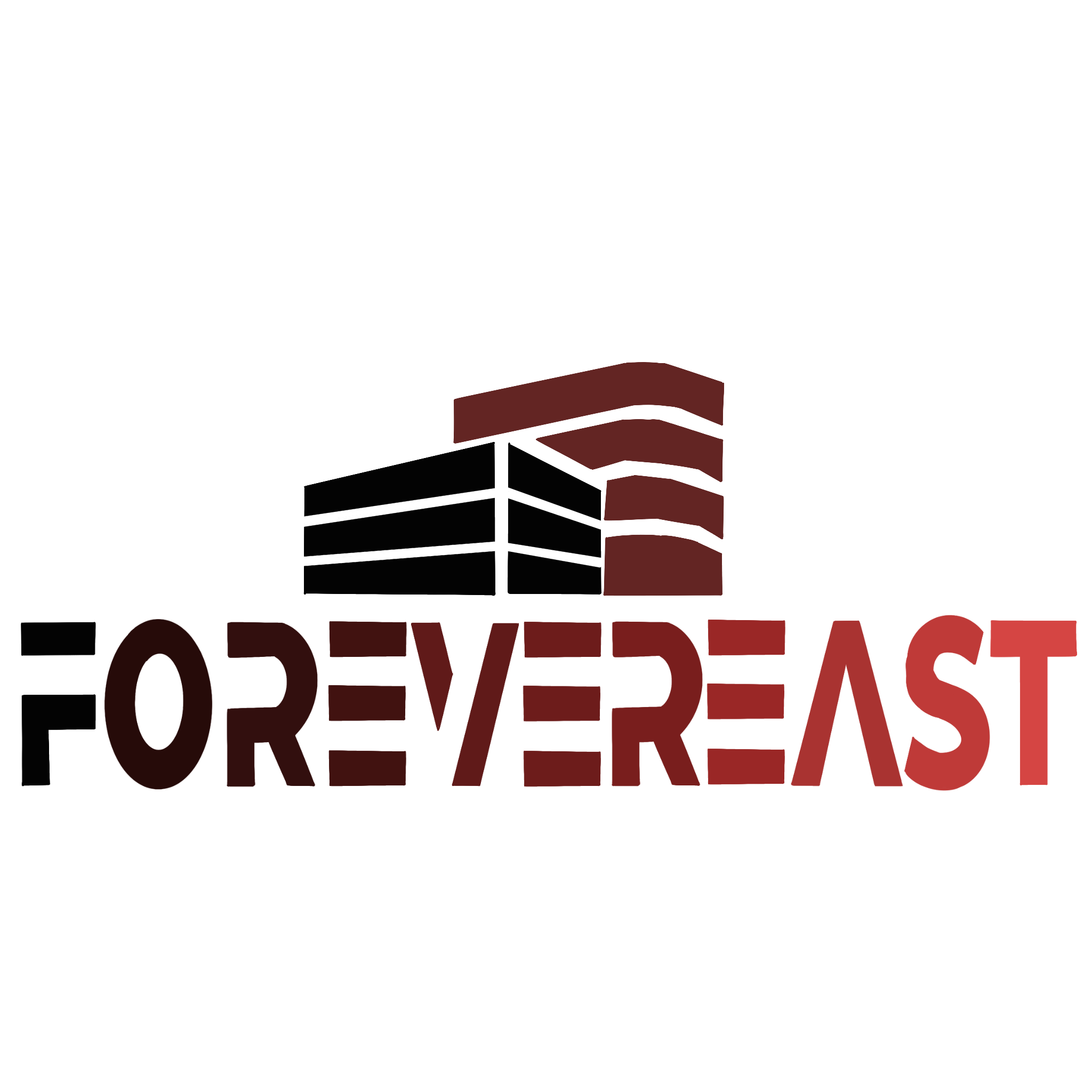What are the common challenges in China sourcing, and how can they be overcome?
Sourcing products from China offers significant advantages in cost and variety, but the process comes with unique challenges. Understanding these obstacles and preparing solutions in advance can help your business build a smooth and reliable supply chain. Here are the most common hurdles and how to overcome them.
1. Quality Control Issues
Challenge: Inconsistent product quality is a frequent concern, especially with new suppliers. Differences in expectations or unclear specifications can lead to defective or substandard goods.
Solution:Request detailed product samples before placing bulk orders.Define quality standards clearly in contracts (e.g., acceptable defect rates, material specifications).Hire third-party inspection services (such as SGS or Bureau Veritas) to check goods before shipment.Build long-term relationships with trusted suppliers to ensure consistency.

2. Communication Barriers
Challenge: Language differences, time zones, and indirect communication styles can slow down negotiations and lead to misunderstandings.
Solution:Use simple, clear English in written communication. Avoid idioms or complex terms.Consider hiring a bilingual sourcing agent or using translation tools for critical discussions.Schedule calls during overlapping business hours (early morning or late evening in China)Confirm all agreements in writing to avoid misinterpretations.

3. Supplier Reliability
Challenge: Some suppliers may exaggerate capabilities, delay production, or fail to meet deadlines. Scams (like fake companies) also exist.
Solution:Verify suppliers through business licenses (check Alibaba’s Gold Supplier status or official registration records).Visit factories in person or request virtual tours via video call.Start with small trial orders to test reliability before committing to large contracts.Use secure payment methods (e.g., Alibaba Trade Assurance, letters of credit).
4. Logistics and Shipping Delays
Challenge: Rising freight costs, port congestion, and customs clearance issues can disrupt delivery timelines.
Solution:Plan orders well in advance, accounting for potential delays (especially during holidays like Chinese New Year).Work with experienced freight forwarders who understand Chinese export procedures.Clarify shipping terms (FOB, EXW, CIF) and responsibilities in contracts.Diversify shipping routes to avoid over-reliance on single ports.

5. Cultural and Business Practice Differences
Challenge: Negotiation styles, decision-making hierarchies, and business etiquette in China may differ from Western expectations.
Solution:Be patient—building trust takes time in Chinese business culture.Avoid aggressive bargaining; instead, focus on mutual long-term benefits.Respect formalities (e.g., exchanging business cards, small talk before meetings).Understand that "yes" may not always mean agreement but sometimes politeness—follow up in writing.

6. Regulatory and Compliance Risks
Challenge: Import regulations, product certifications (CE, FDA, etc.), or sudden policy changes can create unexpected hurdles.
Solution:Research your country’s import rules and China’s export policies in advance.Ensure suppliers provide valid compliance documentation for your market.Stay updated on trade news (e.g., U.S.-China tariffs, EU safety standards).Consult a local legal or logistics expert if unsure.

Key Takeaways
Start small to test suppliers and processes before scaling up.
Document everything—contracts, specifications, and communications.
Build relationships—reliable suppliers are partners, not just vendors.By anticipating these challenges and implementing proactive strategies, your company can minimize risks and maximize the benefits of sourcing from China.
Need help finding vetted suppliers or navigating logistics? Partnering with a sourcing agent or trade consultant can provide valuable support.Would you like industry-specific advice? Share your needs in the comments below.
 How should handle quality issues with China-sourced products?
How should handle quality issues with China-sourced products?
 Why is China sourcing still irreplaceable in 2025?
Why is China sourcing still irreplaceable in 2025?
 Smart Manufacturing for the Future, Renewing Life: The 29th China International Kitchen & Bath Expo Leads the New Industry Wave
Smart Manufacturing for the Future, Renewing Life: The 29th China International Kitchen & Bath Expo Leads the New Industry Wave
 What are the common challenges in China sourcing, and how can they be overcome?
What are the common challenges in China sourcing, and how can they be overcome?
